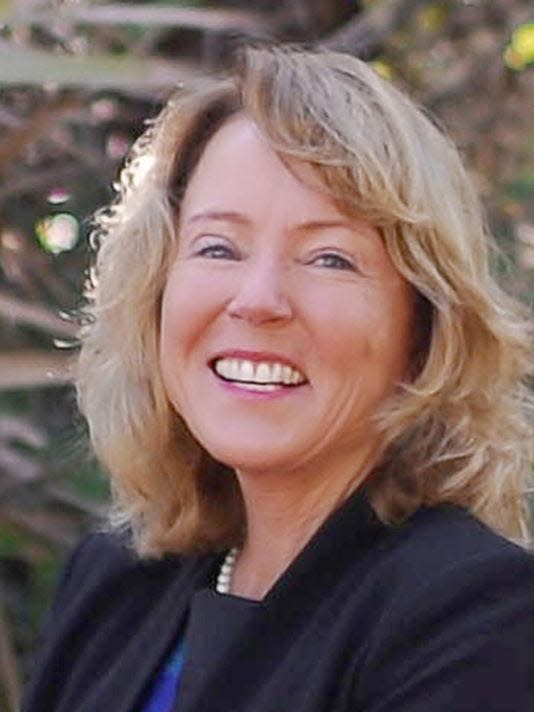No matter the financial phase you're in, a focus on savings and investing pays off
Q: I need help with my finances, and I don’t know where to begin. I am working full time, and I’m highly motivated. Where should I start?
A: Let’s figure out which financial phase you are in. Are you currently accumulating savings, are you within a decade of retirement, or are you ready to move into preservation mode so you will be ready to take distributions soon?
When working hard, earning money, saving and establishing credit, reviewing your subscriptions and diversifying your investments will be very helpful. The Financial Independence, Retire Early (FIRE) movement is doing this in spades. The goal is to save half or more of your income and accumulate approximately 20-25 times of planned annual expenses needed for retirement. With first-year retirement expenses currently estimated at $50,000, you’d hit the retirement trigger when your savings reach $1,250,000. If that’s your goal, focus on saving and investing.

Haven’t started saving yet? Start today. The sooner you start, the more your money can grow — thanks to the magic of compounding interest.
Tax-advantaged accounts are generally available through your employer. To meet your retirement goals, make sure you’re contributing enough each month. Take advantage of employer matching options, which add to the growth of savings.
When a company retirement plan isn’t available, consider deductible traditional or non-deductible Roth IRAs. After-tax contributions to Roth IRAs will grow tax free forever. The choice is challenging because it’s about current and future marginal tax rates and available years for growth.
Always focus on liquidity. If there’s a surrender charge on your investment, and there’s an emergency, you may have limited access to the funds. Beware of commissions on insurance products.
More: I'm leaving my corporate job to be a brewmaster: What's the best way to tap into savings?
Money market accounts typically earn higher interest rates than savings accounts. Both are liquid, and it’s always good to compare rates. Usually, money markets are a better place to keep an emergency fund. Extraordinary, unbudgeted expenses happen. Vehicles need repairs, families have surprises, stuff breaks and events happen. Although experts recommend keeping three to six months of living expenses handy, consider good credit and disability insurance in the equation.
The transition phase should begin about a decade before you anticipate your paychecks ending. Reevaluate your investments and the mix of stocks and bonds. Time horizon matters. As retirement approaches, you have less time to recover from downturns in the market.
With private placements, ask to be notified of the next buyout. Evaluate real estate investments and whether managing rentals is going to limit fun or travel during retirement. Consider swapping them for a vacation home that you can enjoy.

The distribution phase involves tax planning and income sourcing. Knowing that required distributions are mandatory at around 73 years old, estimate the required distributions from retirement plans. Review the marginal tax rates. Anticipate tax increases if the Tax Cuts and Jobs Act sunsets, as scheduled for Dec. 31, 2025.
Melbourne, Florida, now has a fiduciary, nonprofit budget coach, offered through FuturePlan Financial, who will teach methods to reduce expenses, maximize savings and provide retirement guidance. Designed for those who earn less than $89,600 per year, this new financial professional guide provides a tracking app, evaluates high-interest debt and can help establish an emergency fund. This service is available to qualified individuals for up to six months. For additional information, see futureplanfinancial.com or call 321-345-3778.
Mary Baldwin, CFP®, is a fee-only financial planner at Buckingham Strategic Wealth in Indian Harbour Beach. Contact her at 321-428-4555 or mbaldwin@buckinghamgroup.com.
For informational and educational purposes only. Individuals should speak with a qualified financial professional based on their own circumstances to determine if the above is appropriate. The opinions expressed by featured authors are their own and may not accurately reflect those of Buckingham Strategic Wealth®. Buckingham Strategic Wealth is not affiliated with FuturePlan Financial.
This article originally appeared on Florida Today: Take it to the bank: You can't start saving for retirement soon enough
